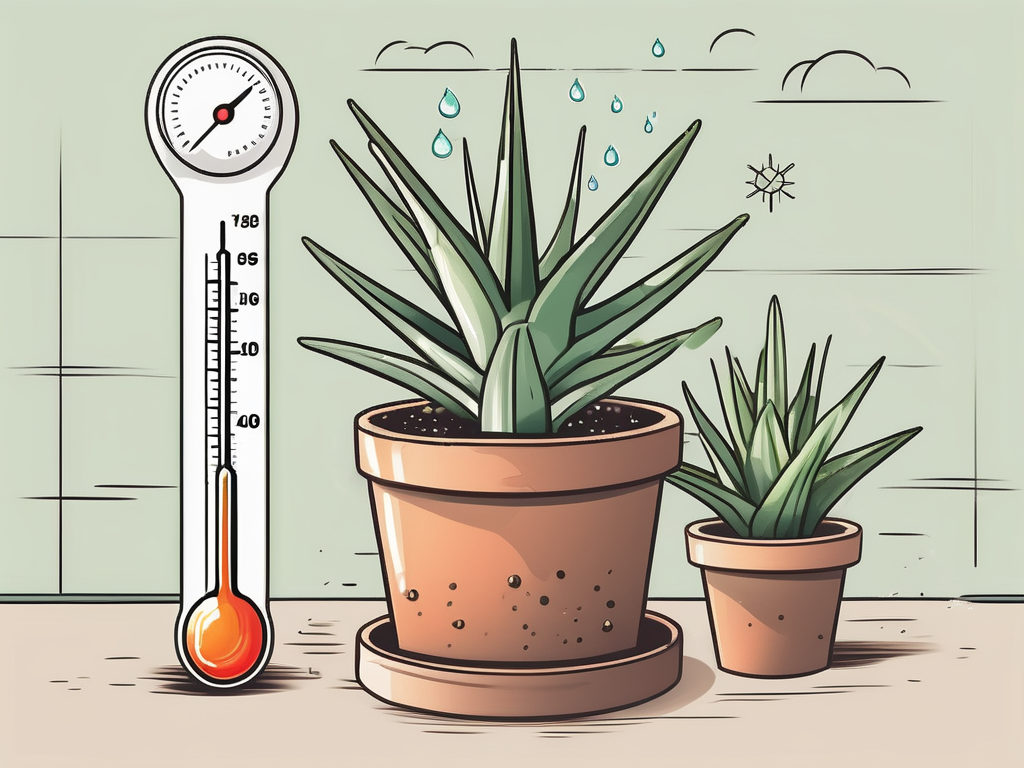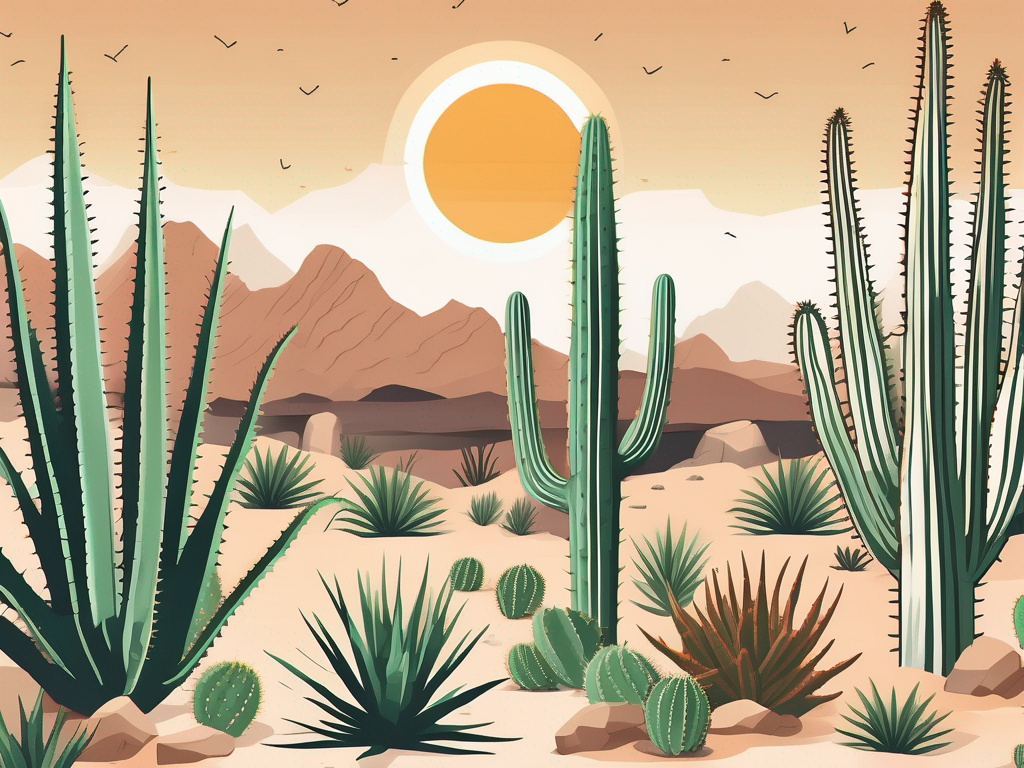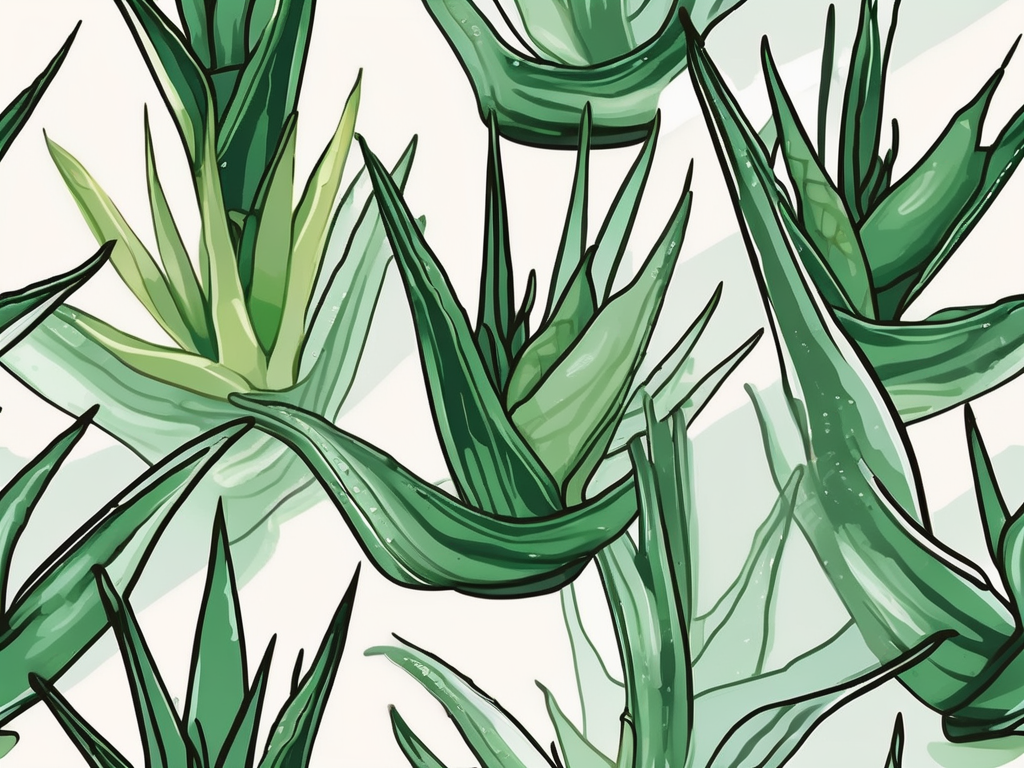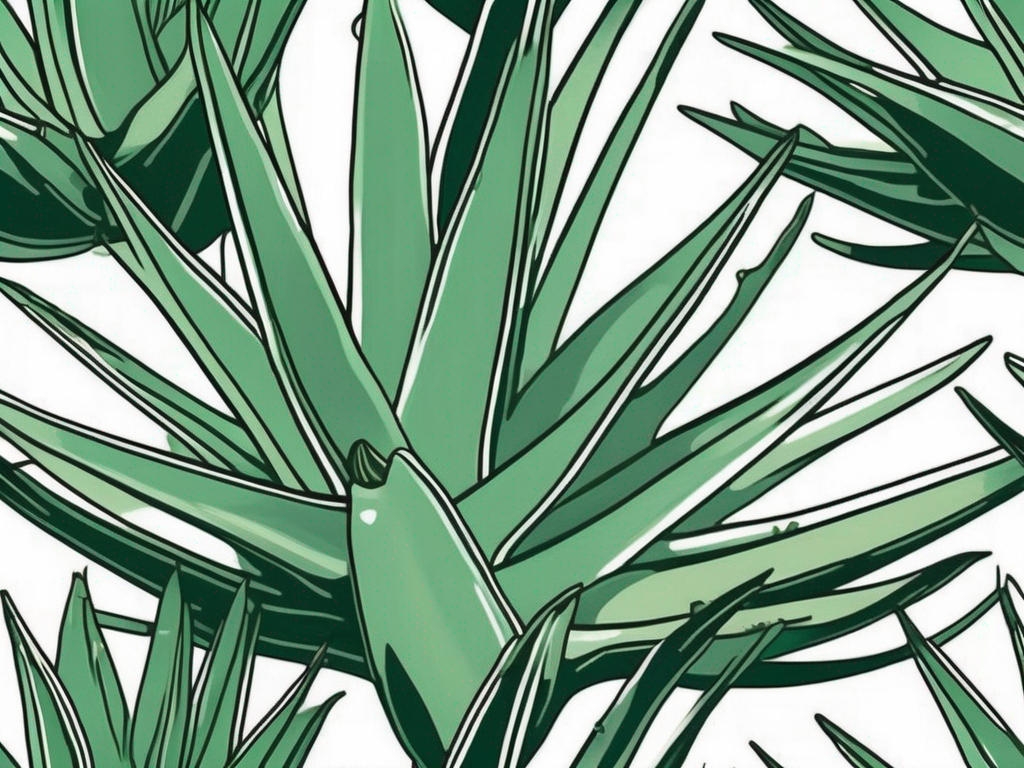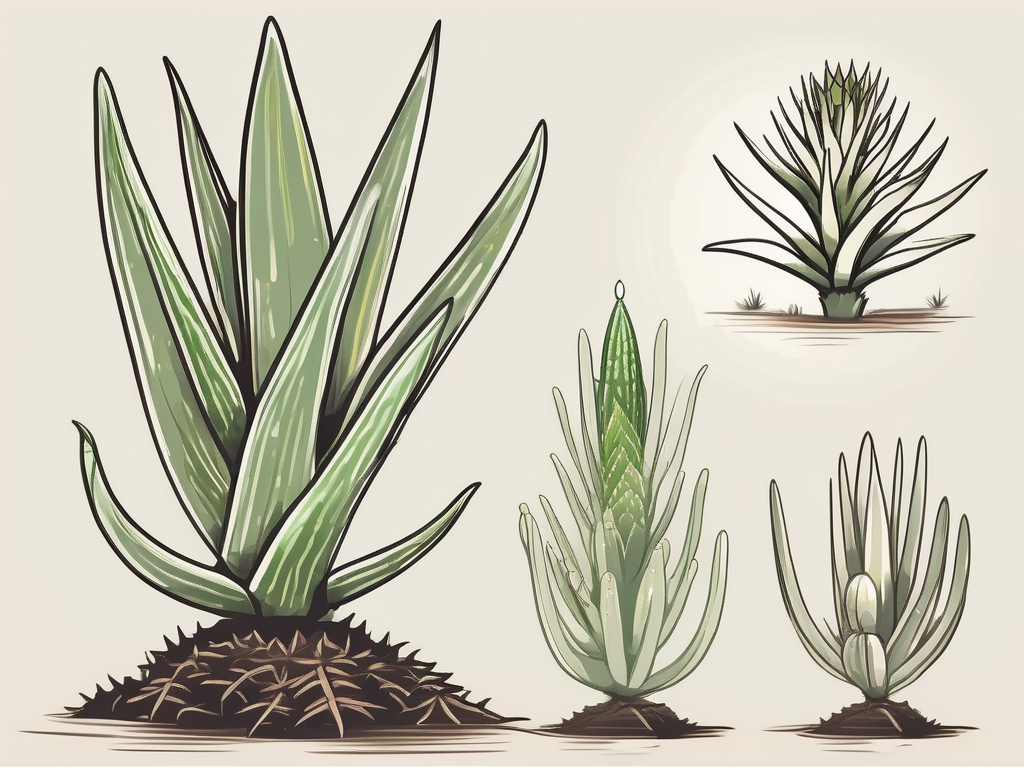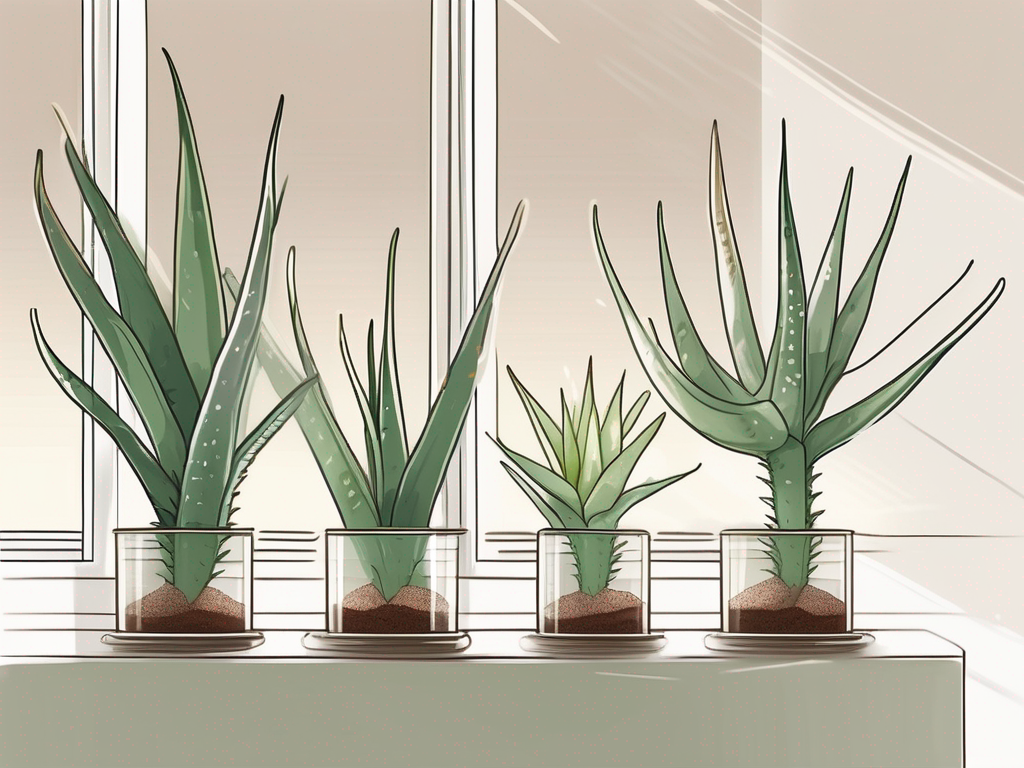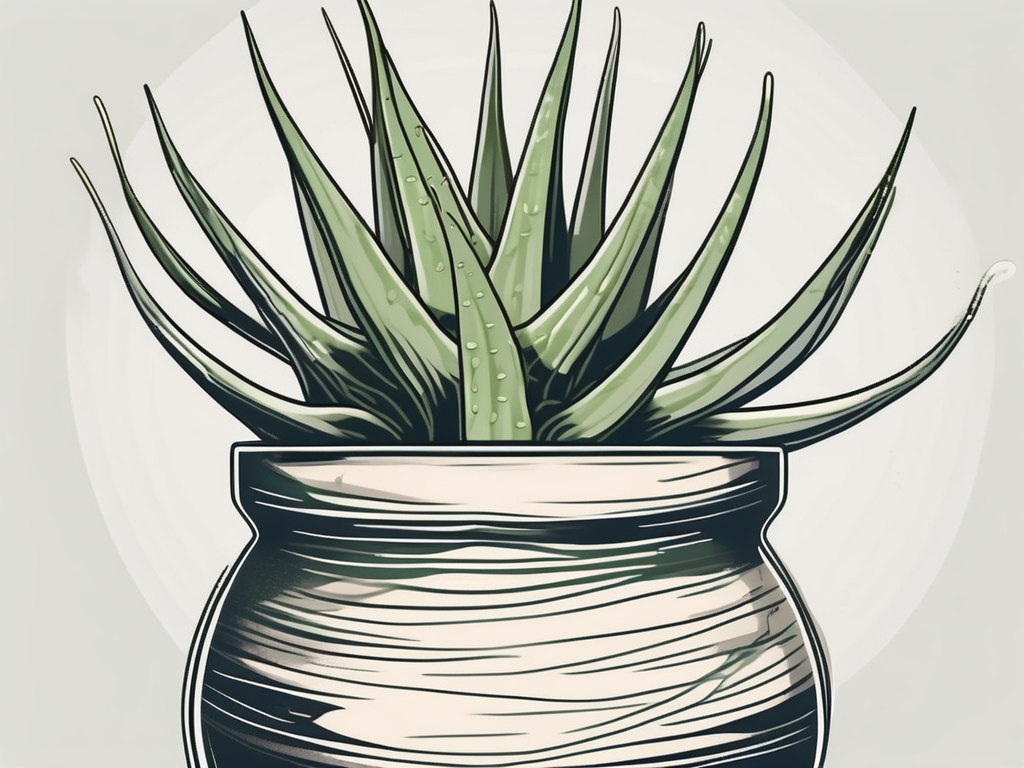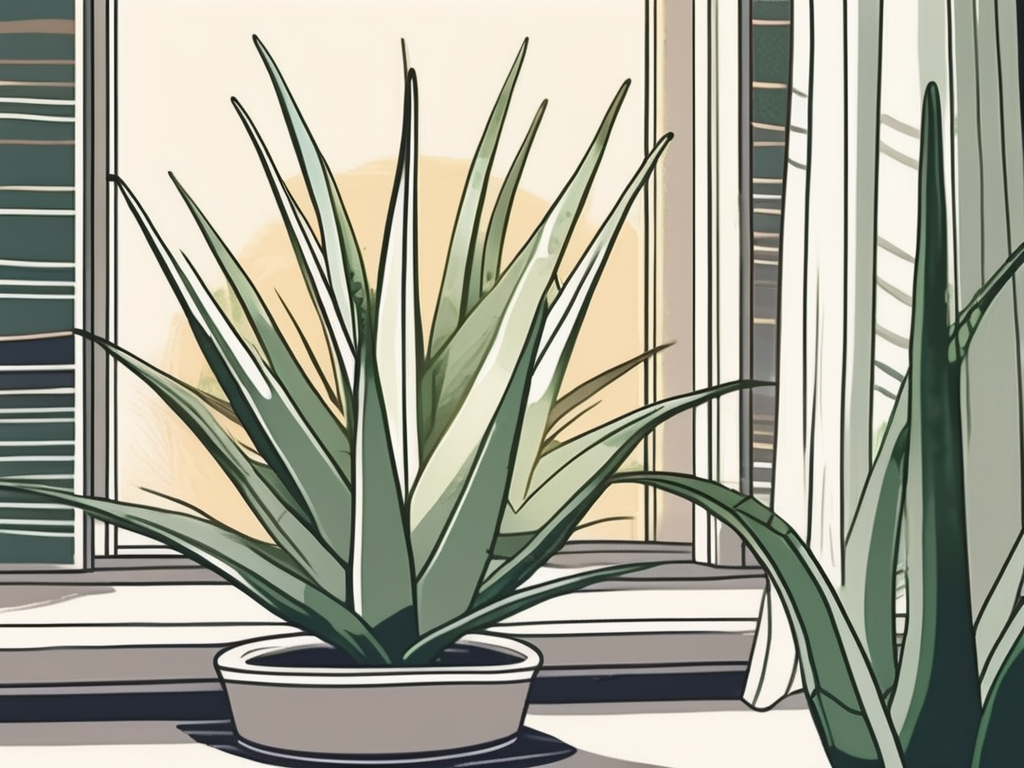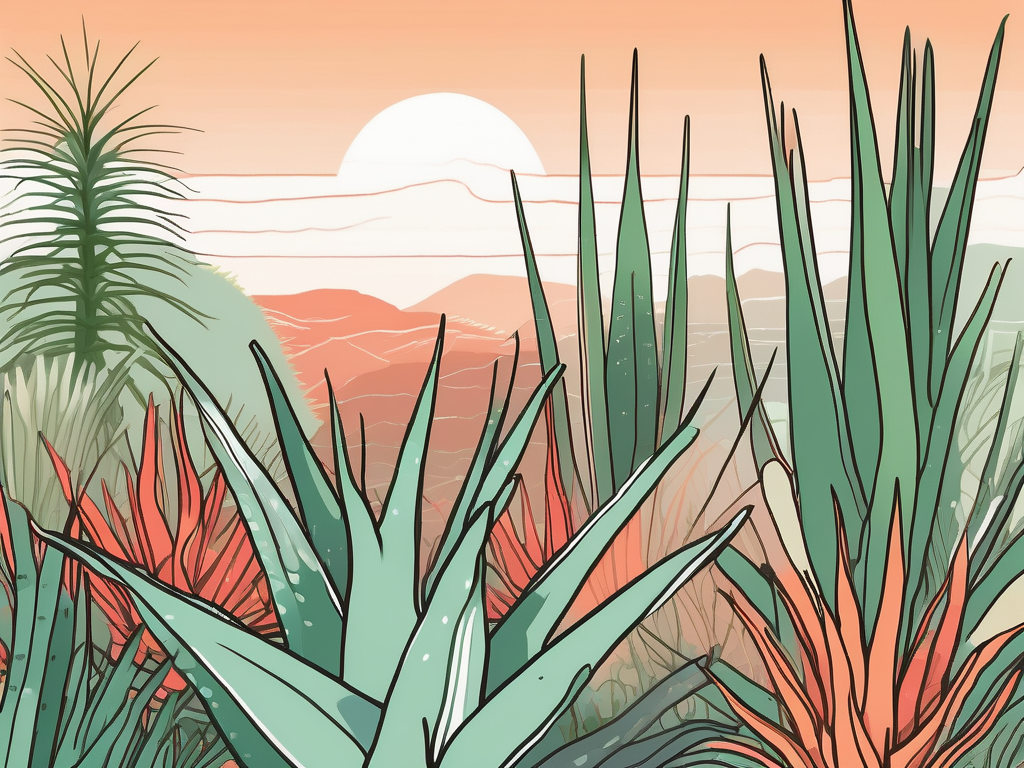
Aloe vera is a plant that seems to have it all. It's not just a staple for houseplant lovers but also a powerhouse of natural remedies, skincare solutions, and a dash of wild beauty. But have you ever wondered about its life beyond the comfy confines of a pot on your windowsill? Let’s wander into the untamed world of aloe vera growing in its natural habitat.
In this article, we’re going to take you on a journey through the wild landscapes where aloe vera thrives. We’ll look into its natural environment, unique characteristics, how it survives without human intervention, and what makes it such an enduring plant both in the wild and in our homes.
The Natural Habitat of Aloe Vera
Aloe vera is native to the Arabian Peninsula, but you can find it thriving in various parts of the world, especially in regions with a warm, dry climate. Its wild habitat ranges from arid deserts to semi-tropical regions, where it’s often seen growing in rocky, sandy soils.
One fascinating aspect of aloe vera’s natural environment is its ability to thrive in harsh conditions. The plant is a succulent, which means it's adapted to store water in its leaves to survive droughts. Its thick, fleshy leaves are not just for show; they’re a survival mechanism. The plant’s natural habitat teaches us a lot about its care requirements when we bring it into our homes.
Interestingly, aloe vera has a knack for thriving in poor soil conditions. It's not picky about nutrients, which is why it can often be seen growing seemingly effortlessly in the wild. This resilience is one reason why it's so popular among plant people—it practically thrives on neglect!
Adapting to the Wild: Aloe Vera's Survival Strategies
So, how does aloe vera manage to survive in such tough environments? The answer lies in its unique adaptations.
- Water Storage: Aloe vera’s leaves are designed to store water, allowing the plant to endure long periods without rain. This is why it can thrive in arid regions where other plants might struggle.
- Thick Cuticles: The waxy surface of aloe vera leaves minimizes water loss, helping it conserve moisture in dry conditions.
- Root System: Its shallow but extensive root system allows it to efficiently absorb moisture from light rains or dew.
These adaptations not only help aloe vera survive in its natural habitat but also make it an ideal houseplant for those of us who might forget to water it occasionally. Just remember, while it’s tough, it’s not invincible—overwatering can still be a concern!
The Unique Beauty of Wild Aloe Vera
While we’re used to seeing aloe vera as a small potted plant, in the wild, it can be quite a spectacle. Imagine clusters of these striking plants with their spiky leaves reaching skyward, sometimes punctuated by tall flower spikes that add a splash of color to the landscape.
The blooms of wild aloe vera are a sight to behold. They usually appear in the form of tubular flowers that range in color from yellow to red. These flowers are not just for show—they play a vital role in the plant's reproduction, attracting pollinators such as bees and birds.
It’s this untamed beauty that often inspires plant lovers to incorporate aloe vera into their home decor. Whether it’s a single potted plant or a group of them arranged in a sunny corner, aloe vera brings a touch of the wild into our living spaces.
Wild Aloe Vera vs. Cultivated Varieties
When we think of aloe vera, we often picture the compact plants sold in nurseries. However, the wild versions can be quite different. In the wild, aloe vera plants can grow larger and more robust, with leaves that may have more pronounced spikes and a more rugged appearance.
One reason for these differences is the environment. In the wild, aloe vera is subject to natural selection, which means only the toughest plants survive. This can result in variations that are more suited to surviving harsh conditions.
On the other hand, cultivated varieties are often selected for their aesthetic appeal or specific traits, such as fewer spikes on the leaves or a more compact form, making them more suitable for indoor growing. These cultivated varieties are perfect if you’re looking to add a touch of greenery without worrying about the plant taking over your entire space.
The Role of Aloe Vera in Ecosystems
Aloe vera isn’t just a pretty face; it plays an important role in its native ecosystems. For starters, it provides food and habitat for various species. The plant's flowers are a rich source of nectar, attracting pollinators like bees and hummingbirds.
Additionally, aloe vera can help prevent soil erosion. Its root system helps bind the soil, reducing erosion caused by wind and rain. This makes it a valuable plant in regions prone to these issues.
By understanding aloe vera’s role in the ecosystem, we can better appreciate its importance beyond our homes. It’s not just a plant for humans; it’s an integral part of the natural world.
Bringing Aloe Vera Indoors: Tips and Tricks
If you’ve been inspired by the thought of wild aloe vera, you might be considering adding one to your home. Here’s how to give it the best start:
- Lighting: Aloe vera loves sunlight, so place it in a bright spot. A south or west-facing window is ideal.
- Watering: The golden rule is to let the soil dry out between waterings. Overwatering is a common mistake that can lead to root rot.
- Soil: Use a well-draining cactus or succulent mix to mimic its natural sandy habitat.
By providing these conditions, you’re essentially recreating its natural environment, allowing it to thrive. And remember, while it’s a tough plant, it still appreciates a bit of care and attention now and then.
Decorating with Aloe Vera
Beyond its practical benefits, aloe vera can be a beautiful addition to your home decor. Its unique shape and vibrant green color make it a striking centerpiece or accent piece in any room.
Here are some ways to incorporate aloe vera into your home:
- Minimalist Vibes: Place a single aloe vera plant in a sleek, modern planter to create a minimalist aesthetic.
- Clustered Arrangement: Group several aloe vera plants together with other succulents for a lush, green display.
- Bathroom Greens: Aloe vera thrives in humid environments, making it perfect for bathrooms. Plus, it’s always handy to have it close by for its soothing gel!
Remember, the key to decorating with plants is to let them shine. Choose planters that complement their natural beauty without overpowering it.
Common Misconceptions about Aloe Vera
Despite its popularity, there are a few misconceptions about aloe vera that are worth clearing up. For starters, many people think it needs constant watering because it looks so lush. But as we've mentioned, it actually prefers to dry out between waterings.
Another myth is that aloe vera is a high-maintenance plant. While it does have specific needs, it's actually quite low-maintenance compared to other plants. As long as you provide it with the right conditions, it will thrive with minimal intervention.
Clearing up these misconceptions can help you care for your aloe vera more effectively and enjoy its many benefits without unnecessary stress.
Wild Aloe Vera: A Source of Inspiration
Finally, let’s talk about the inspiration we can draw from wild aloe vera. Its resilience and ability to thrive in tough conditions is a reminder of the beauty and strength that can come from adversity.
By bringing aloe vera into our homes, we’re not just adding a plant; we’re inviting a piece of that wild spirit into our lives. It’s a small reminder of the vast, untamed beauty of nature and the incredible diversity of plant life.
So, the next time you look at your aloe vera plant, remember its wild roots and the incredible journey it’s made from the deserts of Arabia to your living room.
Final Thoughts
Aloe vera is more than just a pretty plant. It’s a resilient survivor with a rich history and a vital role in its natural habitat. By understanding its wild roots, we can appreciate its beauty and strength even more.
At Cafe Planta, we’re passionate about sharing our love for plants like aloe vera. Whether you’re looking to add a new plant to your collection or need tips on plant care, we’re here to help. Feel free to reach out to us via email or connect with us on Instagram. Let’s grow together!













